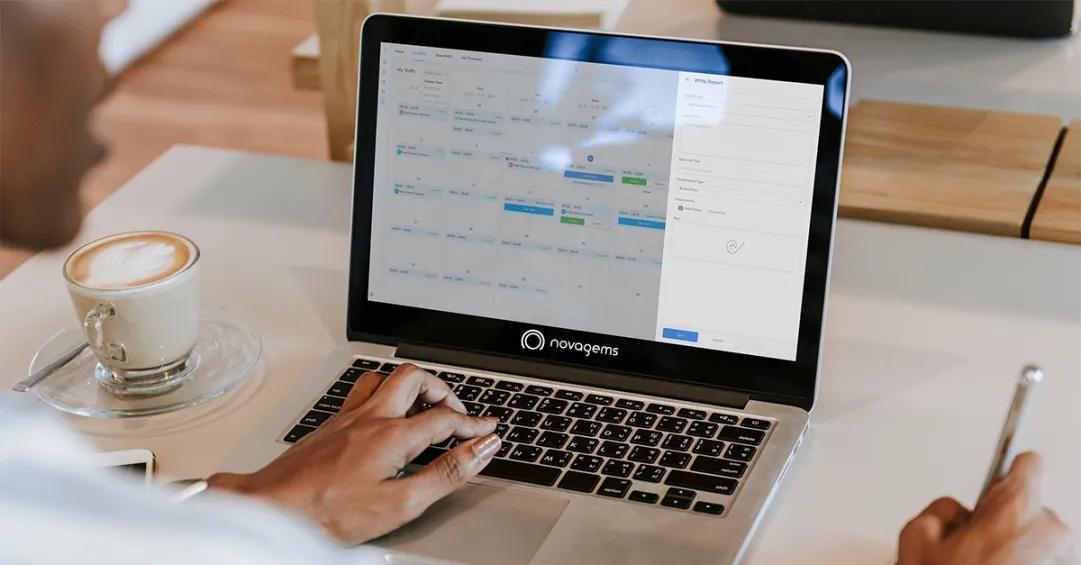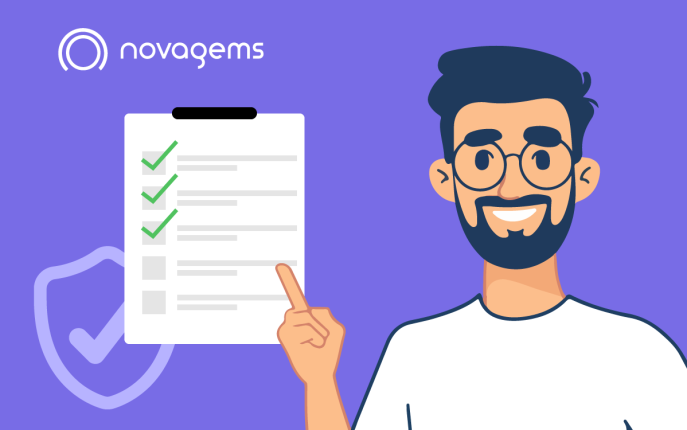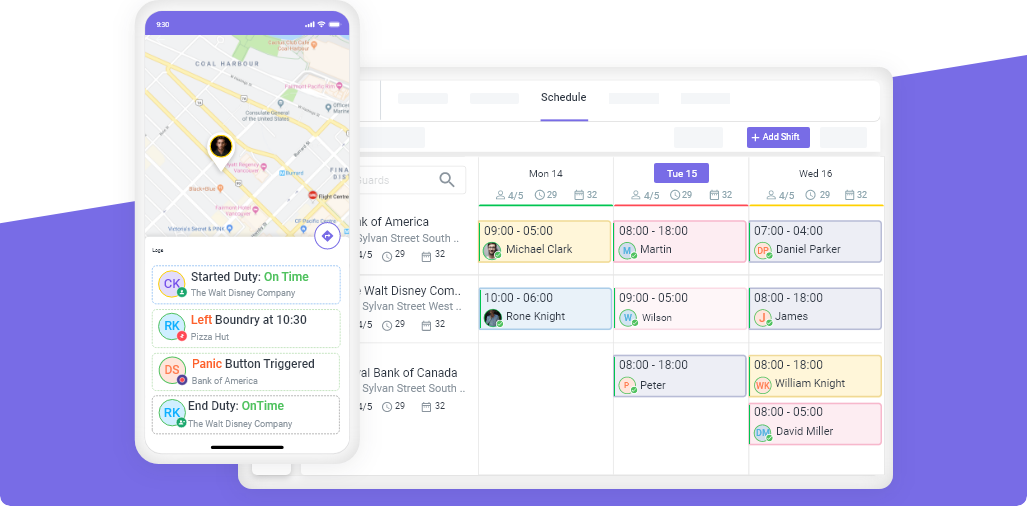How to Write an Effective Security Daily Activity Report
Wed, Sep 18, 2024
Read in 7 minutes

To become a good security company in the industry, you need to attract new clients. While giving exceptional services and building trust is a sure way, there is one hidden tool many overlook. A security daily activity report is a key that will not only open many doors to opportunities. But it will also help you run your security operations more smoothly.
In the security industry, daily activity reports (DARs) are one of the most important tools for ensuring accountability and transparency. A well-written report provides a detailed account of the security officer’s actions during a shift. Allowing clients to stay informed about any incidents or important observations. Knowing how to write a clear, effective daily activity report is essential for security guards and security managers alike.
Why Daily Activity Reports Are Important
Daily activity reports also known as DAR reports, serve several key purposes in security management. First, they offer proof that security tasks, such as patrols and incident checks, were completed as required. Second, they help maintain clear communication between security teams and clients. Lastly, they provide documentation that can be crucial if an issue arises, such as an incident requiring legal or insurance review.
Why you need daily activity reports:
- Accountability: They provide proof that assigned duties, such as patrols, were completed.
- Transparency: Clients rely on these reports to understand what happened during security shifts.
- Legal documentation: DARs can be used in court or insurance claims if an incident needs to be investigated.
Key Components of an Effective Daily Activity Report
For a daily activity report to be useful, it must include all the necessary details. Each part of the report should provide enough information to be useful but should also be clear and concise. You can even use a security guard daily report template to make it easy for you. Here are the essential components:
- Date and Time: Always include the exact date and times of your observations and patrols. Time-stamped entries are crucial for accountability and tracking.
- Guard’s Identification: Include the name and ID number of the security guard on duty for that shift.
- Location: Specify the area or site where the patrol took place. This helps clients and managers know where issues occur.
- Observations: Report on both normal activities and any unusual events, incidents, or concerns. If everything was normal, note that as well. It’s important to show consistent activity, even if no incidents occurred.
- Incidents: For any incidents, include as much detail as possible. Describe what happened, who was involved, and how the situation was resolved. Attach photos or videos if relevant.
- Actions Taken: Clearly outline any actions taken by the security guard, such as escorting someone, locking doors, or reporting an incident to management.
- Documenting Normal Routine: The report should also have the daily tasks done. Like the tours, checkpoints and any preventive measures taken while the security guard was on duty. This shows a guards commitment towards his work and build clients confidence.
- Any exceptions: If anything out of the ordinary is happening, it needs to be documented. Incidents are bound to happen. Such as safety hazards and maintenance issues.
- Proof of value: A security guard’s job extends to assisting clients and preventing issues before they happen. This provides proof of value to the clients that your security team brings.
Best Practices for Writing Clear Security Daily Activity Reports
To write a daily activity report that is clear and useful, it’s important to follow some basic best practices. Even small details, such as writing style or the use of abbreviations, can impact the clarity of your report.
- Be Detailed but Concise: While you want to include all the relevant details, it’s equally important to avoid unnecessary information. Only include what is important and relevant to the security task at hand.
- Use Simple Language: Avoid using jargon or abbreviations that may not be understood by everyone who reads the report. Keep your language simple and straightforward.
- Stay Objective: The report should focus on facts, not opinions. Don’t include personal feelings or assumptions about what happened. Stick to what you saw and what was done.
- Use Photos or Videos When Necessary: If possible, attach photos or videos that show evidence of incidents. This adds credibility to the report and helps the reader understand what occurred. This will help the authorities and your clients identify the root cause more easily. With so many security officer reports samples, you can see which works the best for your company.
Using Clear Language and Communication
It’s important that daily activity reports are written in clear and simple language. This ensures that clients can easily understand the information provided and that no miscommunications occur.
Tips for Clear Communication:
- Avoid Technical Jargon: Use simple words instead of industry-specific terms that clients might not know.
- Be Specific: Instead of saying “patrol completed,” describe the specific areas patrolled and the time.
- Keep It Objective: Don’t include personal opinions—stick to reporting facts.
This approach ensures that reports are both professional and easy to read, helping build trust with clients.
Structuring the Report for Clarity
The way you structure your daily activity report plays a big role in its readability. Clients or managers should be able to quickly scan the report and find the necessary information.
- Chronological Order: Always organize your report entries in chronological order, starting with the beginning of your shift and working through to the end. This helps to keep the report logical and easy to follow.
- Timestamps: Make sure each observation, incident, or action is time-stamped. This is crucial for tracking and verifying patrol activities.
- Separate Entries for Different Events: Use separate sections or bullet points for different observations, incidents, or tasks. This makes it easier for the reader to navigate the report.
- Summary Section: Include a summary section at the end of the report to quickly outline key points from your shift. This provides a quick overview for managers or clients who may not have time to read the entire report.
Ensuring Follow-Up and Updates
An effective daily activity report doesn’t end with just documenting what happened. Follow-up is crucial when incidents or important observations are made during the shift.
- Record Follow-Up Actions: If an issue needs to be resolved, make sure to note any follow-up actions that were taken. For example, if you reported an incident to management, make a note of it in the report.
- Provide Updates: If the incident is ongoing or requires further investigation, ensure you provide updates in future reports. This helps to keep everyone informed and ensures that nothing is overlooked.
- Ensure Client Communication: If you’ve been given instructions from the client, such as specific actions to take in the event of certain incidents, document how these instructions were followed.
The Next Step
Novagems goes beyond helping you make the perfect security daily activity report. It has features that will help you make the report faster, more professional, and more easy to read. Novagems has an all-in-one platform that takes care of scheduling, payroll, to real-time officer tracking and compliance. Other features also include -
- Real-Time Updates: With Novagems, guards can submit updates in real-time during their shifts. Allowing managers to get live insights into their activities. This keeps the reports up-to-date and helps in responding quickly to any incidents.
- Incident Reporting and Documentation: Guards can use the platform to document incidents immediately. Complete with photos, videos, and detailed notes. This feature ensures that incident details are accurately recorded for the daily activity report.
- Customizable Report Templates: Novagems allows businesses to customize their daily activity report templates according to their specific needs. This flexibility helps ensure that the reports meet the unique requirements of different clients.
- GPS Tracking and Guard Tour Verification: The system includes GPS tracking and guard tour verification. Ensuring that the daily activity report reflects accurate patrol data, proving guards are following their routes and completing their duties
Conclusion
Writing an effective security daily activity report is crucial for ensuring transparency, accountability, and client satisfaction. If you are looking to make one of your own, then you will find many security guard daily activity report examples online. Just ensure your security daily activity reports are clear and detailed, and provide real value to both security managers and clients, which can also improve your service reputation and trust.
Get a Free Trial
Sign up For Newsletter
Latest Blog Posts
Get Started
Start being productive & grow your business
with Novagems




